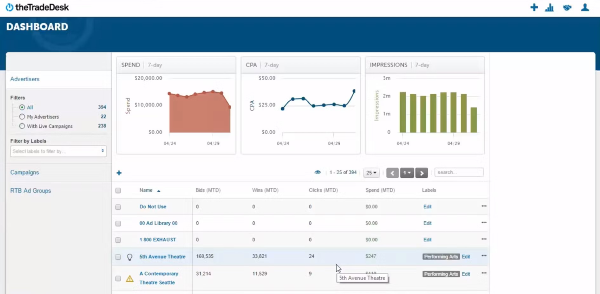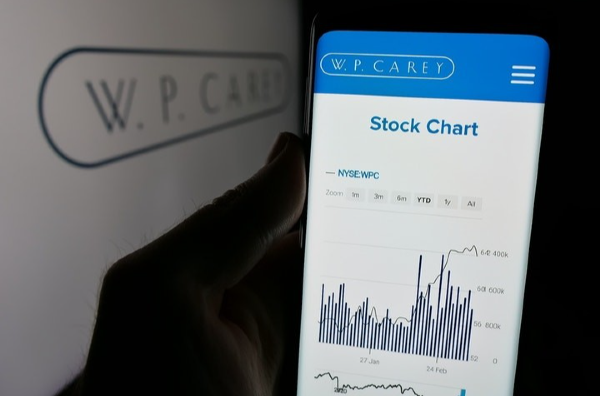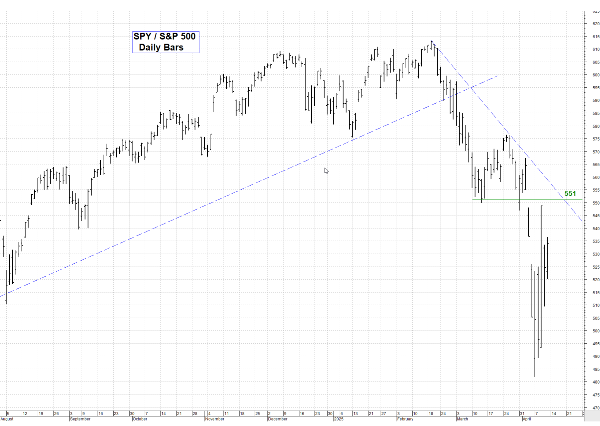Ticker symbol LULU has seen a significant drop of over 20%, leaving investors questioning whether Lululemon represents an undervalued opportunity or a value trap. With a 73% year-over-year increase in net income and stable, expanding net margins across consecutive quarters, this premium athletic apparel company has recently shown signs of financial resilience. Let's delve into the analysis to determine its investment potential.
Company Overview: Lululemon's Niche Premium Offering
Lululemon, a renowned sportswear provider, designs, distributes, and retails technical athletic apparel, footwear, and accessories. Positioned as a premium alternative to giants like Nike and Adidas, Lululemon caters to individuals pursuing an active lifestyle, with products tailored for yoga, running, and other activities.
In 2023:
- Women's Range accounted for 64% of net revenue.
- Men's Range represented 23%.
- The remaining revenue came from accessories and footwear.
Regionally, the Americas dominated with over 75% of revenues, while mainland China contributed only 10%. Notably, revenue in China has grown at a rapid pace, exceeding 30% year-over-year for three years and reaching 70% growth in 2023.
Business Model and Competitive Position
Lululemon primarily operates through company-managed stores, boasting over 700 locations globally. Complementing its physical presence, the brand leverages e-commerce and third-party retail channels. Its premium pricing strategy sets it apart, with higher product prices supported by exceptional quality and loyal customer demand.
Financial Analysis: Strengths and Concerns
Highlights:
- 46% Return on Capital Employed (ROCE): Significantly above the benchmark of 15%.
- Interest Coverage Ratio: 100x, indicating negligible debt-related concerns.
- Gross Margin: Approx. 60%.
- Net Margin: Remarkably high at 177%.
- Balance Sheet: Assets have grown substantially faster than liabilities, enhancing the current ratio.
Concerns:
- Slowing revenue growth in recent years.
- Net margins experienced volatility in 2023 but rebounded strongly in subsequent quarters.
- Cash flows, while growing, remain inconsistent and difficult to predict.
Competitive Advantage and Risks
Lululemon's pricing power stems from its premium branding, allowing it to maintain prices higher than competitors like Nike, Puma, and Adidas. Customers' loyalty ensures low sensitivity to price increases, granting the company the ability to raise prices above inflation rates without significant client loss.
However, risks include:
- Competitive Landscape: Thin barriers to entry mean new competitors could disrupt the market.
- Economic Sensitivity: Premium products are discretionary, making them vulnerable during economic downturns.
Valuation: An Undervalued Opportunity?
Currently trading below its historical average P/E ratio at 24x, Lululemon exhibits a 3.9% free cash flow yield, exceeding the long-term inflation rate of 3%. These metrics suggest potential undervaluation, supported by robust financial fundamentals and strategic advantages.
Final Thoughts
While Lululemon faces challenges, its strong ROCE, pricing power, and loyal customer base underscore its competitive advantage. Nonetheless, investors must weigh the risks of volatile cash flows and economic sensitivity before making a decision.
https://youtu.be/ZMSLEeEFItc?si=Nl9P7wHxrxdkmJZa






























Ticker symbol LULU has seen a significant drop of over 20%, leaving investors questioning whether Lululemon represents an undervalued opportunity or a value trap. With a 73% year-over-year increase in net income and stable, expanding net margins across consecutive quarters, this premium athletic apparel company has recently shown signs of financial resilience. Let's delve into the analysis to determine its investment potential.
Company Overview: Lululemon's Niche Premium Offering
Lululemon, a renowned sportswear provider, designs, distributes, and retails technical athletic apparel, footwear, and accessories. Positioned as a premium alternative to giants like Nike and Adidas, Lululemon caters to individuals pursuing an active lifestyle, with products tailored for yoga, running, and other activities.
In 2023:
Regionally, the Americas dominated with over 75% of revenues, while mainland China contributed only 10%. Notably, revenue in China has grown at a rapid pace, exceeding 30% year-over-year for three years and reaching 70% growth in 2023.
Business Model and Competitive Position
Lululemon primarily operates through company-managed stores, boasting over 700 locations globally. Complementing its physical presence, the brand leverages e-commerce and third-party retail channels. Its premium pricing strategy sets it apart, with higher product prices supported by exceptional quality and loyal customer demand.
Financial Analysis: Strengths and Concerns
Highlights:
Concerns:
Competitive Advantage and Risks
Lululemon's pricing power stems from its premium branding, allowing it to maintain prices higher than competitors like Nike, Puma, and Adidas. Customers' loyalty ensures low sensitivity to price increases, granting the company the ability to raise prices above inflation rates without significant client loss.
However, risks include:
Valuation: An Undervalued Opportunity?
Currently trading below its historical average P/E ratio at 24x, Lululemon exhibits a 3.9% free cash flow yield, exceeding the long-term inflation rate of 3%. These metrics suggest potential undervaluation, supported by robust financial fundamentals and strategic advantages.
Final Thoughts
While Lululemon faces challenges, its strong ROCE, pricing power, and loyal customer base underscore its competitive advantage. Nonetheless, investors must weigh the risks of volatile cash flows and economic sensitivity before making a decision.
https://youtu.be/ZMSLEeEFItc?si=Nl9P7wHxrxdkmJZa